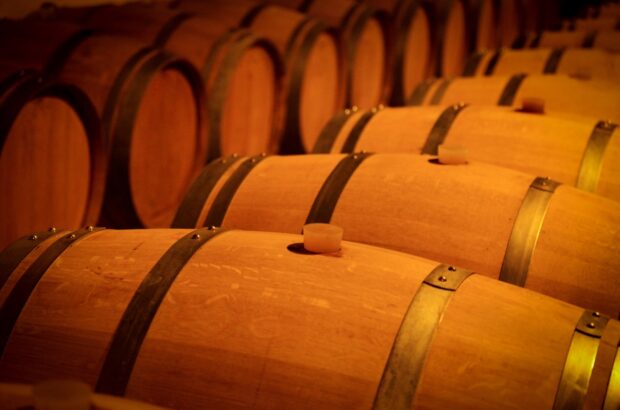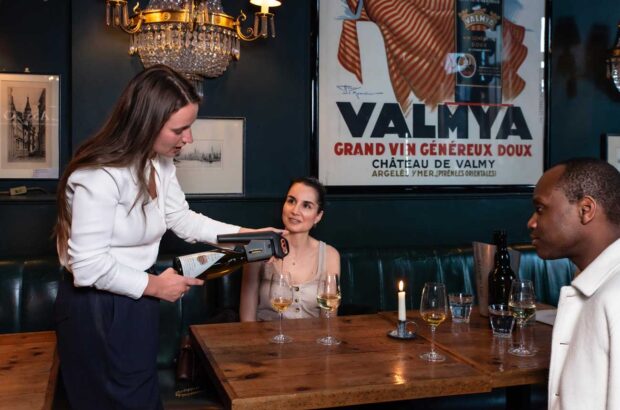Chianti Classico winemakers are bidding to get their region listed as a UNESCO world heritage site, following in the footsteps of Barolo, Champagne, Burgundy and St-Emilion.
The move to see UNESCO world heritage status for Chianti was announced over the weekend during celebrations marking 300 years since the Ducal decree that first established the Chianti wine region in Tuscany.
Chianti Classico’s producer council, or Consorzio, is sponsoring the move.
The area covered by the application corresponds exactly to that of the Chianti Classico DOCG zone, nicknamed the Gallo Nero area – or ‘black rooster’ – because of the logo used on bottles from there.
To win, producers must prove that Chianti’s landscape is of ‘outstanding universal value’.
Several other wine regions have already achieved this, including Barolo vineyards in the Langhe in Piedmont, plus most recently Burgundy and Champagne.
Tessa Caponi Boraswska, president of the Fondazione per la Tutela del Territorio, made the case for Chianti over the weekend. She drew up the application.
Italy’s government must first be recruited to sponsor the bid. The country’s agriculture minister pledged to support the application via video message at the conference.
If the application succeeds, there could be advantages for Chianti as a prestige tourist destination. Joining the UNESCO club also means certain protections for the landscape, from, for example, property speculation.
Italy has more UNESCO world heritage sites – 51 – than any other country. Seven of those are in Tuscany.
The Langhe-Monferrato viticultural areas of Piemonte are already on the list.
Applications for the Prosecco producing Valdobbiadene-Conegliano hills and the Nebbiolo vineyards on the terraced slopes of the Valtellina are also in the pipeline.
Chianti has to join the back of a long queue.
Editing by Chris Mercer.
More UNESCO wine stories:

UNESCO world heritage wine regions to visit: Updated
Inspiration for your wine travels...

Bordeaux 1855 UNESCO plan is ‘paused’
A plan to see the Bordeaux 1855 classification recognised as a UNESCO World Heritage status has been abandoned – at

Champagne and Burgundy recognised by UNESCO

Vine growing on remote Italian island gets UNESCO heritage status
A grapevine growing technique handed down through centuries of generations on the island of Pantelleria after it was settled by

Barolo vineyards get UNESCO World Heritage status
Vineyards used to produce Barolo and Barbaresco DOCG wines in Italy's Piedmont region have been granted UNESCO World Heritage status.

Georgian winemaking method joins UNESCO heritage list
Georgia's traditional winemaking method of fermenting grapes in earthenware, egg-shaped vessels has been added to the world heritage list of







